Paula Mendoza is no stranger to success. Her designs have been featured in about as many glossies as you can imagine (think Vogue, Allure, Harper’s Bazaar, W Magazine, etc.), and worn by names as huge as Beyoncé and Rihanna. Last year, Forbes even presented her among their list of the top 50 Colombian creatives, alongside people like Shakira, Sofía Vergara and Fernando Botero. Not to mention the fact that she received a presidential honour in 2014.
To understand Mendoza’s success, one only needs to cast a glance at her sculptural jewellery designs – but it truly sets in when you hear her talk about what’s behind all those breathtaking ornaments, which we were lucky enough to do. Read on for a peek inside her creative world.
In your opinion, what is jewellery for? Why do we wear it?
When you get a jewel for yourself, it’s for something special, or to remember something or someone. If somebody gifts you one, it’s also for a special ocassion. If your mother or your father give you a jewel, it’s something that carries your heritage. Jewellery carries the meaning of important memories. And then, I think, when you wear jewellery, it allows you to feel different, special. It always feels like the final touch.
How did your love for jewellery start?
It’s a funny story. When I was around eight years old, I took a rosary my mom had bought in Rome. It had been blessed by the Pope and everything – a truly beautiful rosary. And I just sort of decided to take it apart and create my own pieces out of it. I made a necklace, rings… My mom, of course, always tells the story that I destroyed it, but I think that was the moment I realised that I liked to create things with my hands, and that I kind of liked to adorn myself with things I’d made. That’s how I started making jewellery, as something that I created without really knowing anything, just taking and putting pieces together.
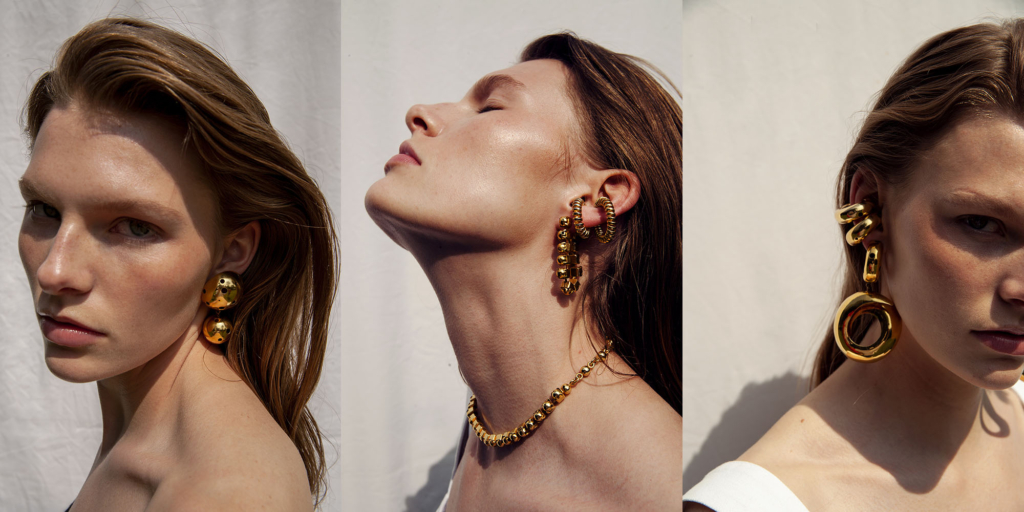
How do you source inspiration? What inspires you?
For me the biggest inspiration is nature. I realised that during the pandemic, when I got to go away to places outside the city. For me, it was extremely important to go out into nature: you see the leaves, a tiny little stone, and then you start truly looking at it, and it’s full of tiny little universes. Everything is there, it’s perfect in the colours, the combinations, the textures… And then, people. For me, sitting outside of a café and just watching them. I’ll have a glass of wine and just look at everyone, how they carry themselves and create their own universe with the things they wear.
So the planet, I guess, would be my answer.
Circles are constantly present in your designs. Why is that?
[Paula reveals a circle-shaped tattoo on her forearm] Yeah! Cause-effect, really. I think what you put out into the universe you get back, and for me everything is part of a circle. It’s the perfect balance of everything, it comes out and it comes back. So it represents the balance in everything that I do, in the way that I work. And, aesthetically, it’s also beautiful.
In your opinion, what makes a great piece of jewellery?
A great piece of jewellery is one that you don’t want to take off, that you just wanna wear every single day. I have a ring that I wear every single day that reminds me of my father. It has his initials. It’s special to me and it’s beautiful. When I look at it, I’m looking at something that is really pretty, but it also reminds me of him.
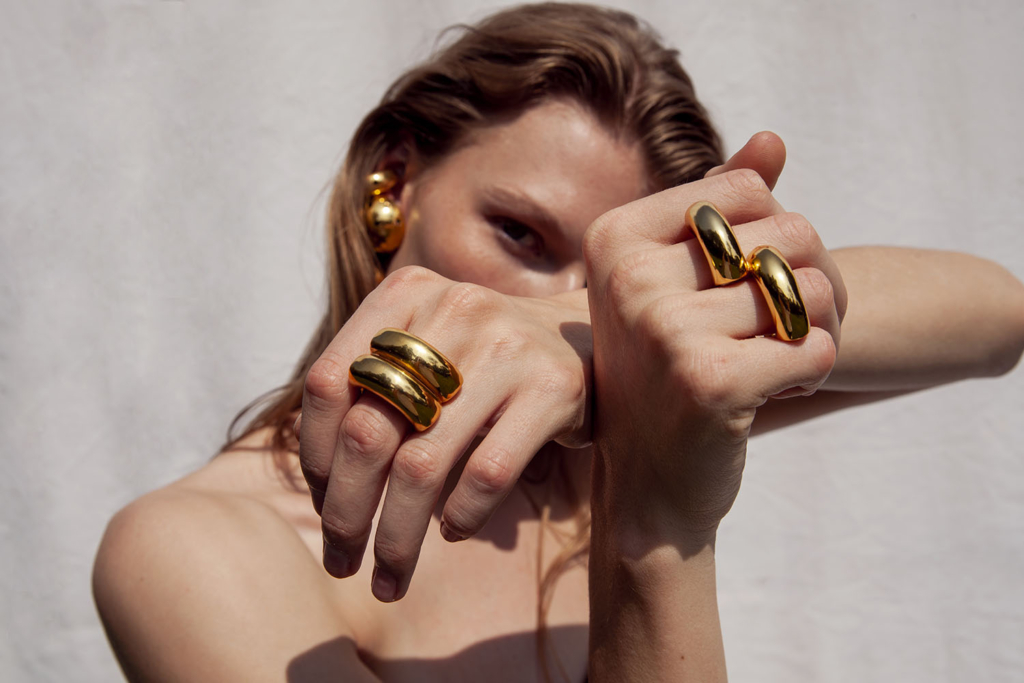
Tons of brands claim to be ‘sustainable’ today. What does sustainability mean to you and your brand? Are there any particular production processes involved?
I love that you asked about that! Everyone today is talking about sustainability, but it’s difficult to be sustainable in the fashion industry, and much more so in jewellery.
To be sustainable you first have to be sustainable with the people who work with you. That means paying them the right salary, and being consistent in the way in which you work with the people around you. Sustainability is creating a healthy environment. And then – if you work like I do, with gold and stones – there’s making sure you know who you’re working with and what their behavior is when sourcing the materials out of the ground. Asking how they’re getting these emeralds, who is buying them, and how much they get out of the exchange. The world of precious stones is unfair, the people who risk their lives to get them give everything and get the least back. These stones sell in, let’s say, Geneva for millions of dollars, and the person over there gets all the money.
I always work with small producers, with families that have been working the land for generations, and I know how much I’m paying them, how much they’re getting out of our business. If they say a stone is X or Y price, then that’s the price they get paid. They know what a stone is worth, so I trust them. For me, that’s sustainable. You have to be honest about the way you work with people. Still, I can’t say I’m 100% percent sustainable: I use chemicals and plenty of things that contaminate our environment. Of course, it’s jewellery, it’s gold, there’s no way not to contaminate it, but you can always find ways to have less of a negative impact.
I’m working on launching a collection with trapiche emeralds this October in Dubai. This collection is going to be launched with the purpose of having part of the sales be donated to a foundation that operates in Muzo, Cundinamarca (Colombia), the place where we get our emeralds. I went to speak with the people there and saw a lot of things that were concerning. It really was an ‘oh my God’ moment, and I felt something needed to be done for the community. We will be donating a library and hopefully creating some awareness around the business that surrounds emeralds and gold.
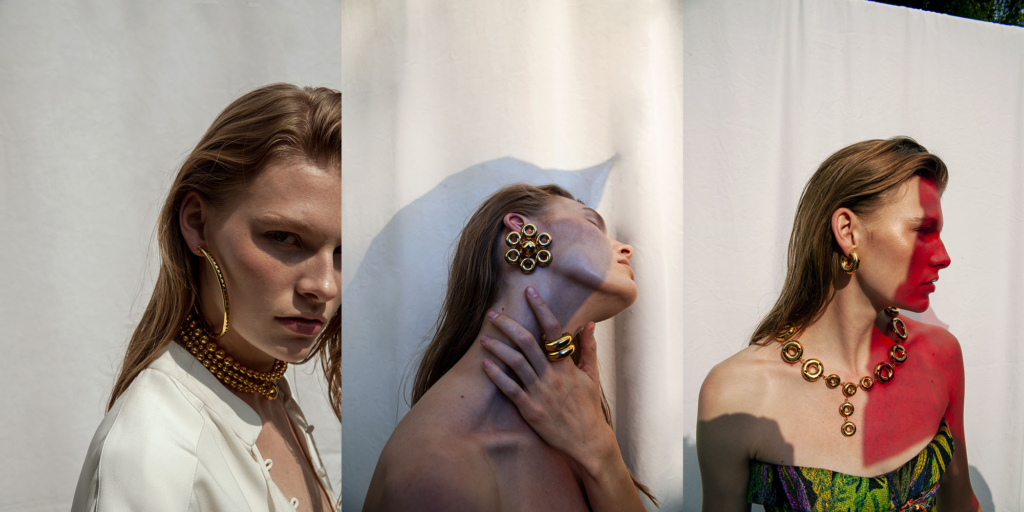
What do you think differentiates Latin American design from design from other fashion hubs around the world?
I was really surprised the other day, actually, when doing a show at the Four Seasons in Maui, this very exclusive resort. They have a boutique there that represents different types of designers, and I recognised 13 Colombian designers in the store. In one of the most prestigious resorts, and so far away from us! Maui, Hawaii! Thirteen of the designers were Colombian. The women there kept saying things like, “What is happening in Colombia? It’s amazing, such creative people.” And I thought, you know what, yes. I think after the whole Pablo Escobar ordeal in the ‘90s, and all the bad things that happened to our country, a lot of the people that had left came back when it was safer, all with great experiences and ideas. And then, later on, Santos was the president and people started doing their business locally, and I think the progress really shows.
And Latin America as a whole is the same, I think. People are realising how important it is to come back to your roots and understand where we come from. Mexicans, for instance, appreciate where they come from so much. They recognise that their indigenous people make such incredible handcrafts, and they’re not afraid to say “we are indigenous”. I think we as a whole are finally not afraid to say that, we now understand and appreciate who we are.
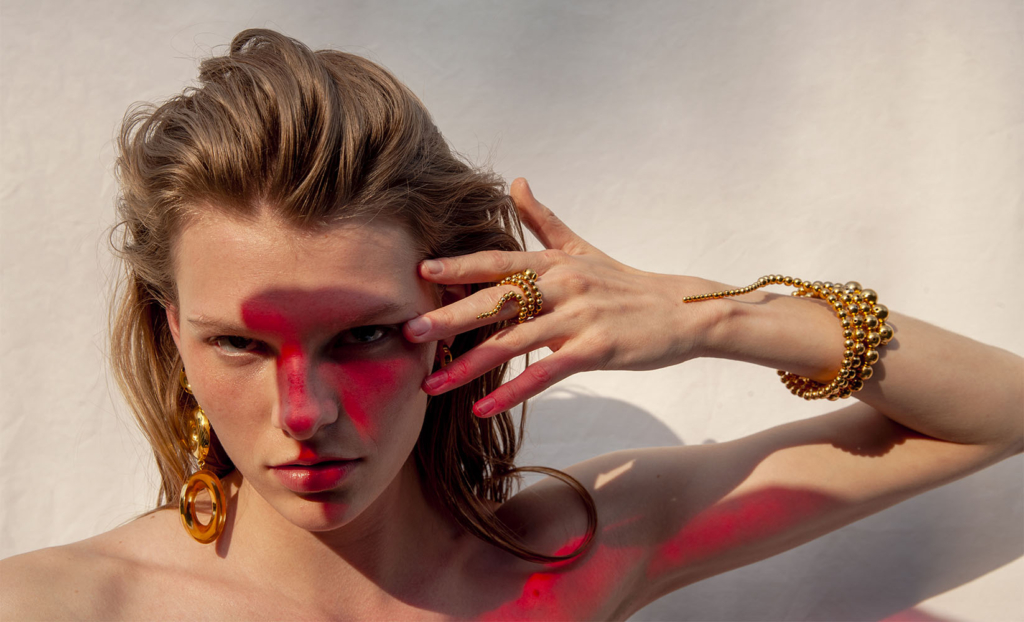
What do you think is “the next big thing” in jewellery design?
Oof! I’m pretty curious to see what will happen with the synthetic diamonds they’re creating in Israel. They’re the exact same diamonds as traditional ones – you can’t even tell the difference! And the price is a hundred times less than real diamonds. Now you’ll have the choice between a traditional diamond, which carries all of the bad things we all know about, and one that is made in a lab, but is free of all the baggage. I don’t know if they’re doing it for the right reasons; diamonds are, after all, getting tougher and tougher to find. But it helps! I don’t know what people will want to choose, we’ll see. I’m curious.
What can you tell us about your latest collection?
I’m about to launch my autumn/winter fashion jewellery line in December. Everyone is obsessed with ears, and I’ll be getting even louder and even more in-your-face. This collection is on crack. It’s loud, loud jewellery.
What advice would you give someone who wants to start designing jewellery?
Buy a book titled Sacred Geometry. All the answers are there. Right now I’m staying in West Hollywood, and the apartment I’m in has this marijuana plant, of course, that I’m looking at right now. So, as I talk with you, I’m staring at how perfect this one leaf is: its roots, its colours, its lines. Nature is truly perfect. How can you look at that and not create a jewel, a brooch… Nature solves the balance of how a piece of jewellery should work, it’s right there. Read that book.

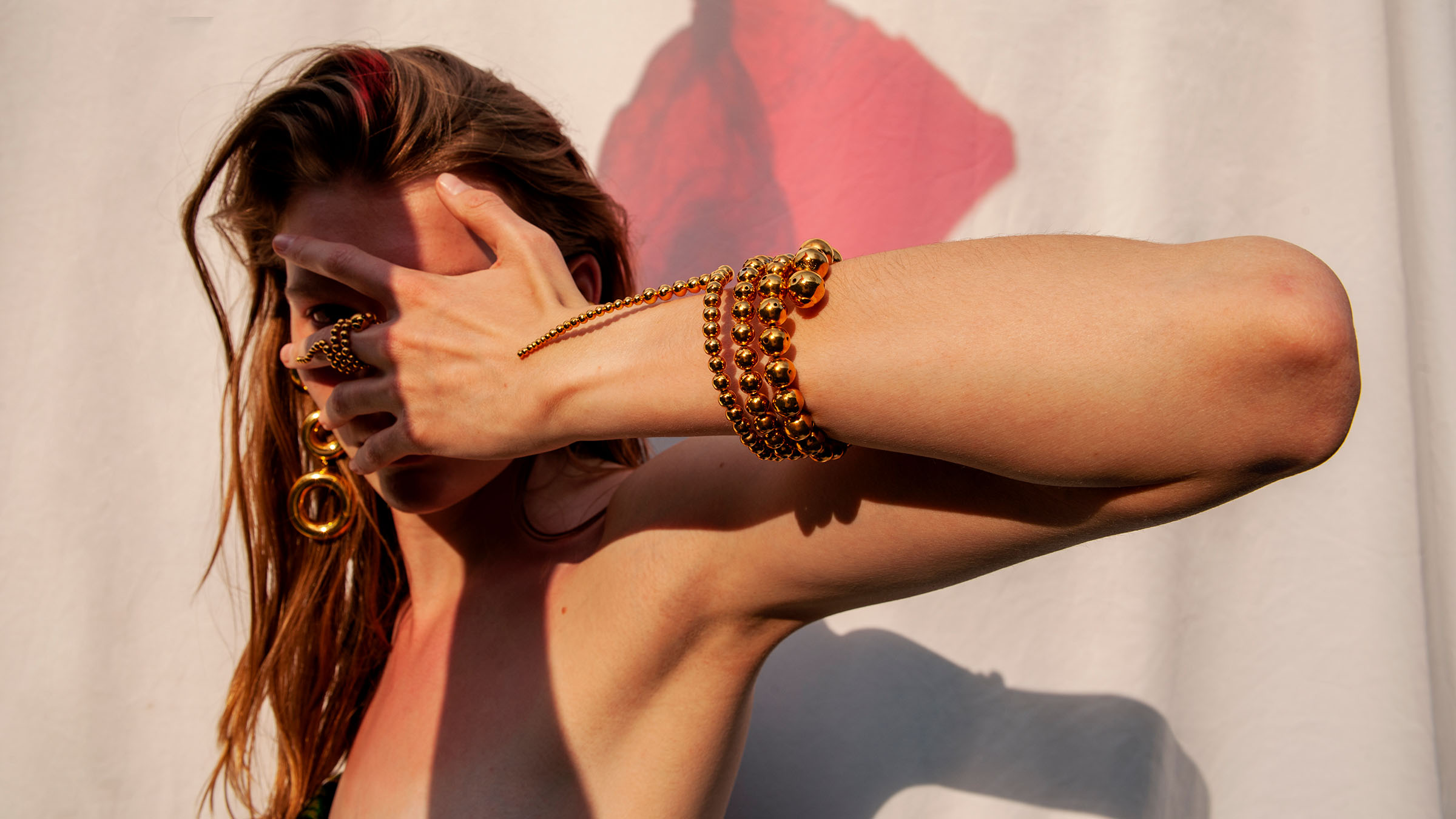
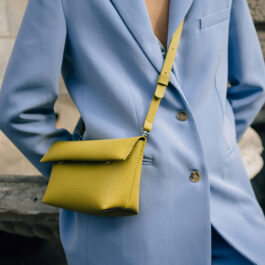
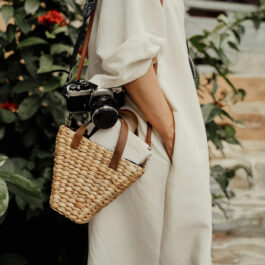

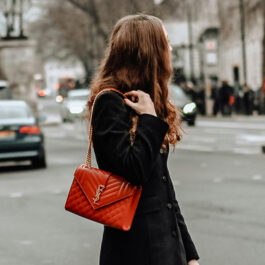
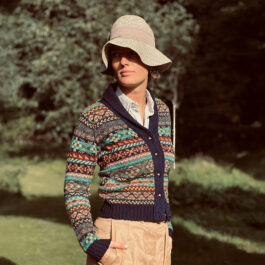
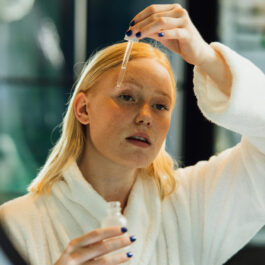
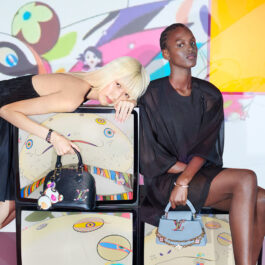
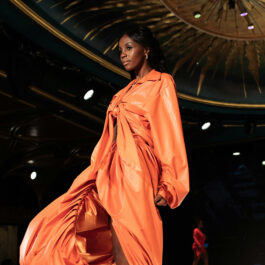
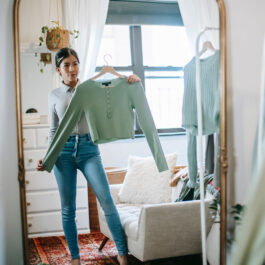
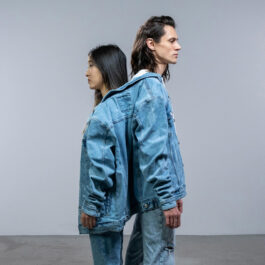
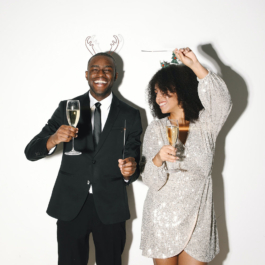
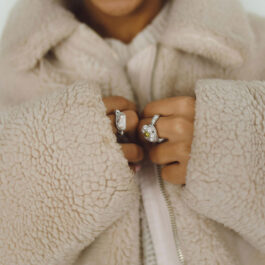
Sorry, the comment form is closed at this time.